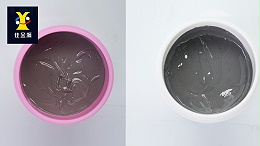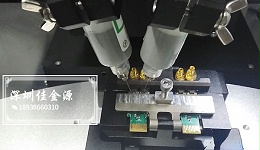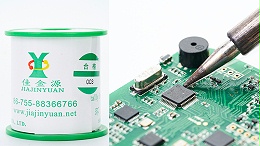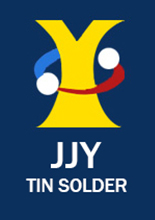
As is known to all,Solder pasteAfter welding, there will be more or less some residues left behind, and these residues can easily have some adverse effects on electronic products, such as circuit short circuits, dielectric breakdowns, and component corrosion. Although most solder paste manufacturers have launched no-clean solder pastes to meet the requirements of electronic manufacturers, which has greatly reduced the harm of solder paste residues, in many high-precision applications, such as automotive instruments and aircraft parts, even if the harm of residues is very small, cleaning is still necessary to ensure the reliability of the products. Today, JJY solder Paste Manufacturer will share with you how to clean the residues left after solder paste soldering:
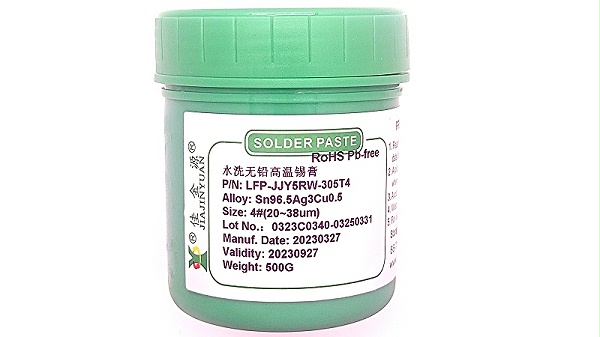
1. Manual cleaning. Manual cleaning method refers to the use of hand tools to clean the residual flux and dirt on the soldering points. It is suitable for all kinds of soldering points. The method is simple and the cleaning effect is good, but the efficiency is low. A slight mistake can easily damage the soldering points and components.
Ii. Ultrasonic Cleaning. Ultrasonic cleaning is a method that uses the cleaning effect produced by the high-frequency oscillation of ultrasonic waves to complete the cleaning process. Under the action of ultrasonic waves, the cleaning solution generates cavitation effects. The high-intensity shock waves produced thereby cause the dirt on the welding points and in the fine crevices to detach, and can also accelerate the process of the cleaning solution dissolving these dirt.
The characteristics of ultrasonic cleaning method are: fast cleaning speed, good quality, capable of cleaning complex welded parts and dirt in crevices, and easy to achieve cleaning automation. The effect of ultrasonic cleaning is related to many factors, mainly including the frequency and intensity of ultrasonic waves, the nature of the cleaning solution, temperature and cleaning time, etc.
Iii. Cleaning with cleaning agent. When cleaning with a cleaning agent, factors such as the type of flux, the compatibility of the cleaning agent, and the ease of operation should be taken into consideration. Fluxes can be classified by cleaning methods into rosin washable type, rosin non-washable type, no-wash washable type and no-wash non-washable type, etc. For washable fluxes, there are no residues after cleaning, which can achieve the basic performance of electrical appliances. However, for non-washable additives, the residues left on the board surface after welding cannot be thoroughly cleaned with cleaning agents. Instead, they are prone to form white residues, which will lead to a decrease in the insulation resistance value of the board surface and affect the test pass rate.
Welding is hard to avoid residues. Different welding materials and welding processes can be matched with corresponding fluxes. At present, the types of fluxes on the market are quite complete. If the soldering materials permit, the first choice should be the no-clean flux, and then consider other types of fluxes. If the residue causes damage to the product, then choose an economical and efficient cleaning method.
JJY Solder Paste Factory produces a wide range of solder paste products, including lead-free solder paste, halogen-free solder paste, silver-containing lead solder paste, syringe solder paste, nickel-plated environmentally friendly solder wire, solder bar, etc. We can provide technical support. If you have any needs or technical questions regarding soldering, please feel free to leave a message online to interact with us!
